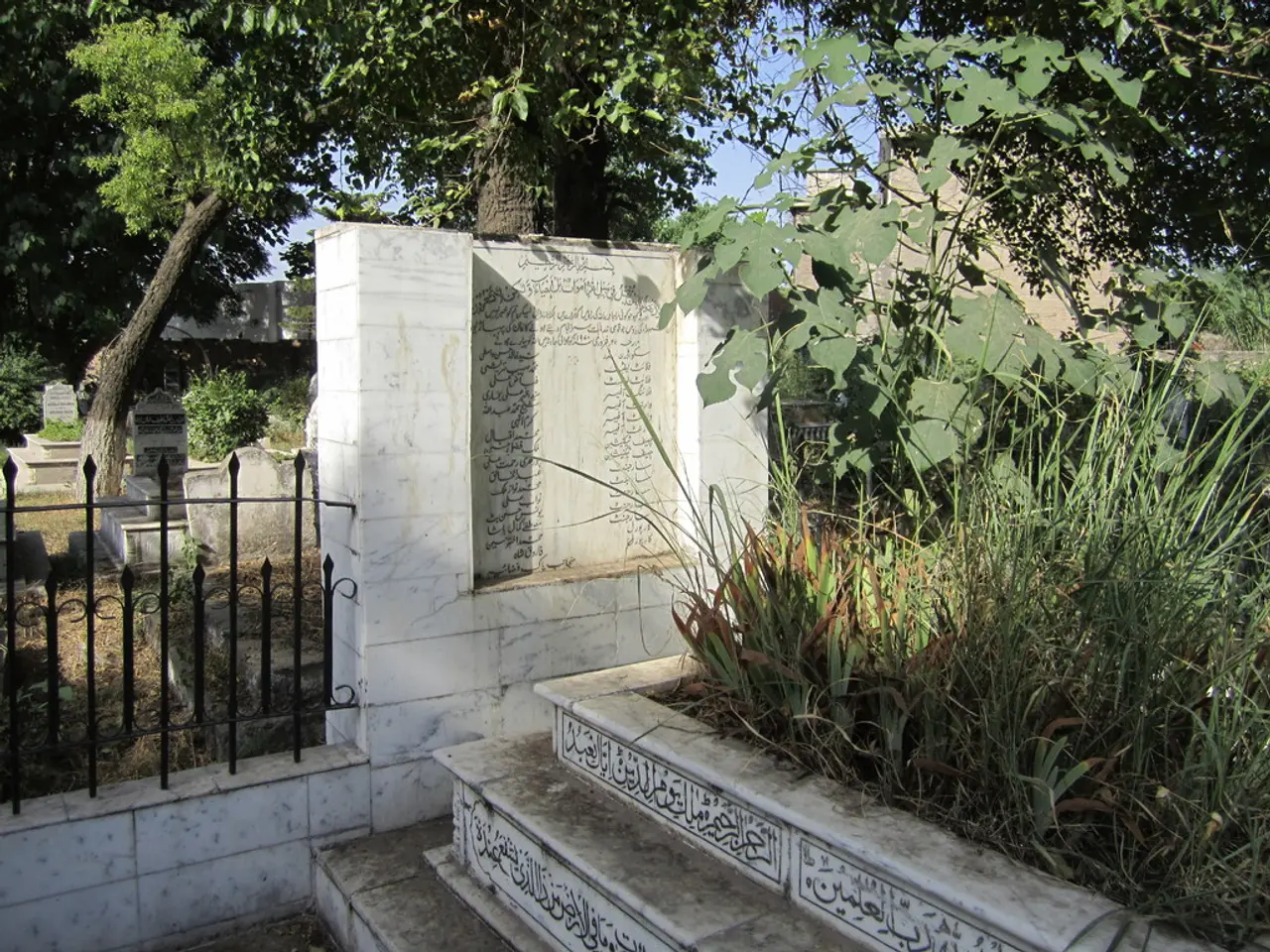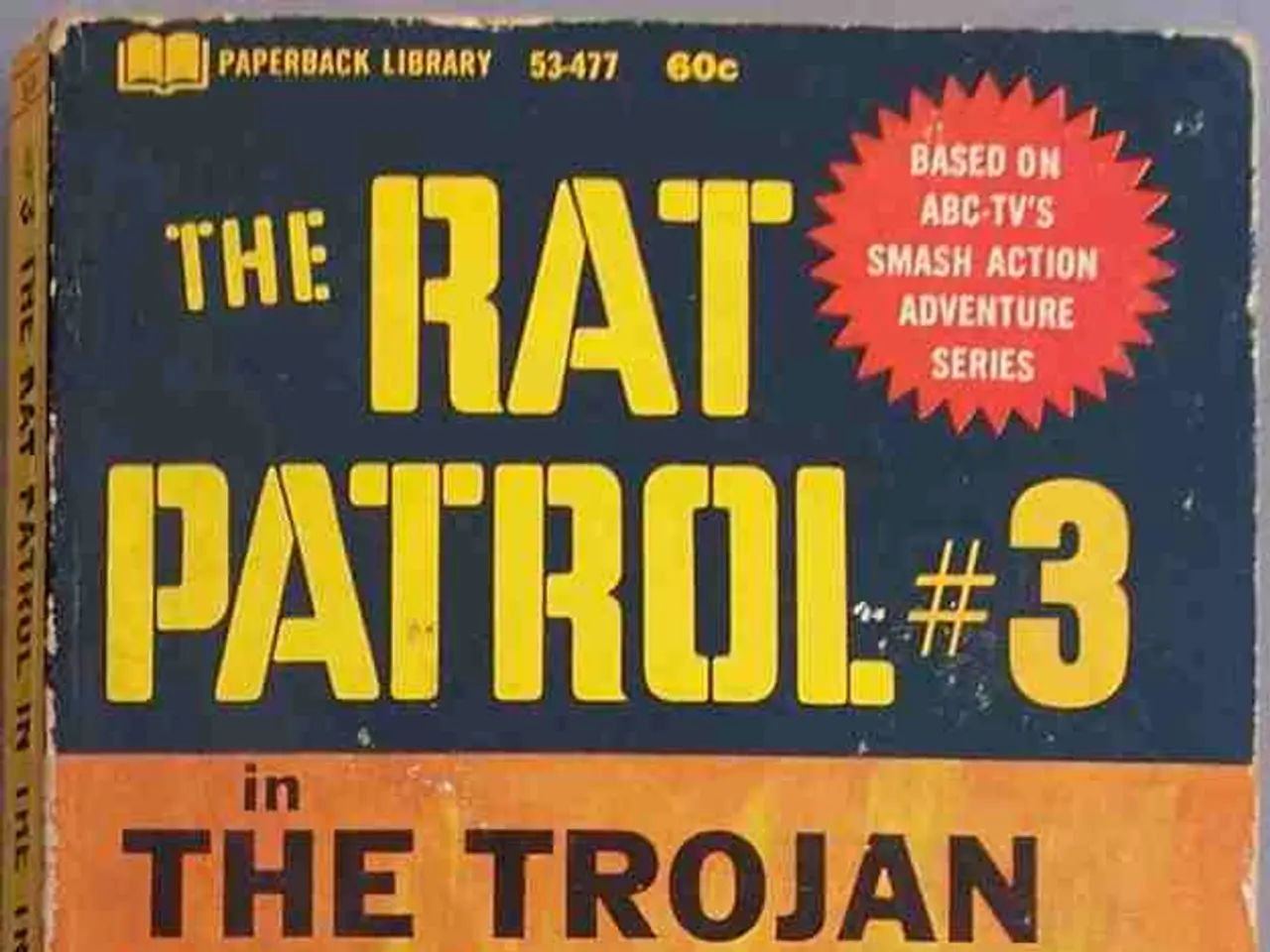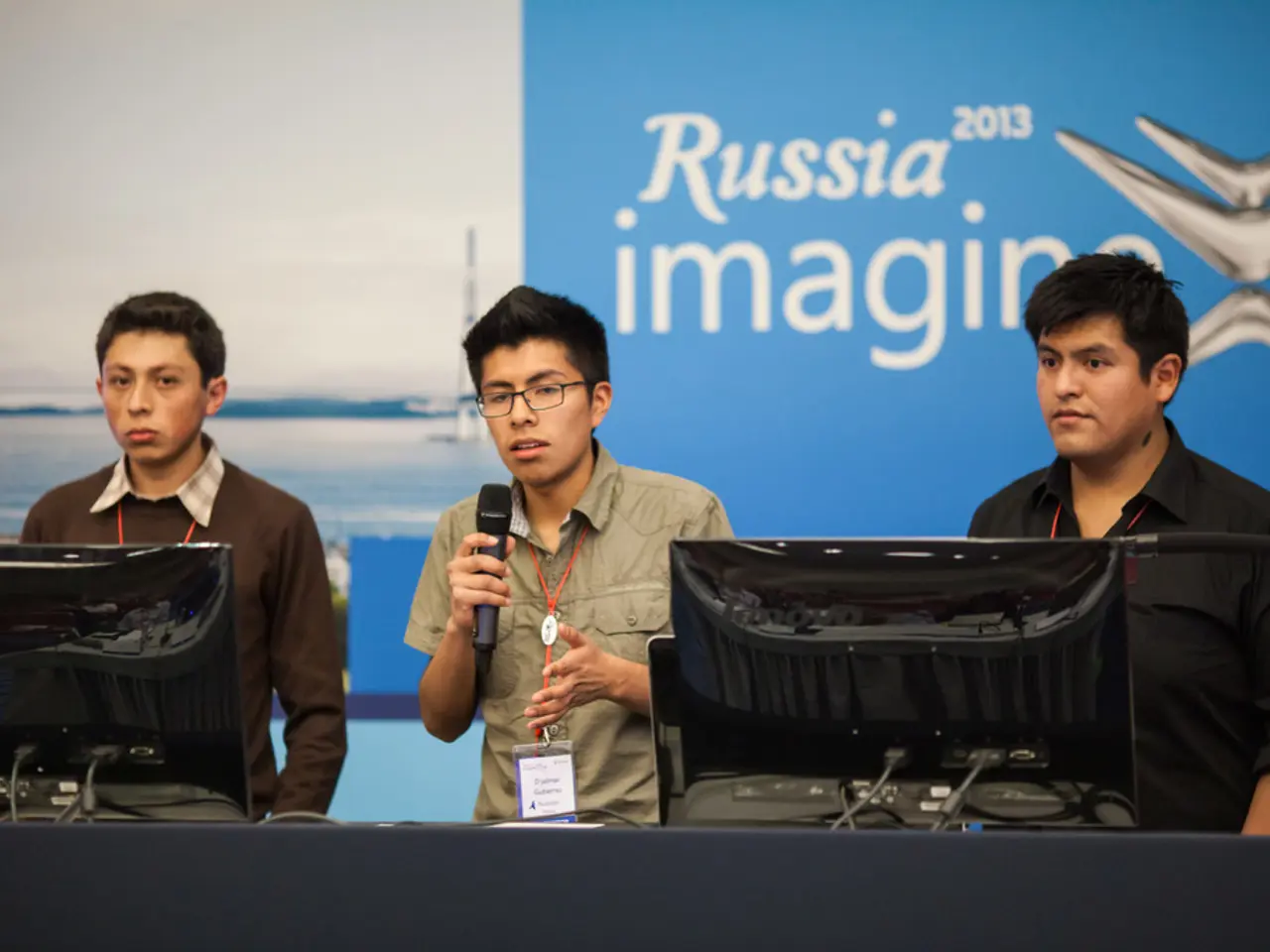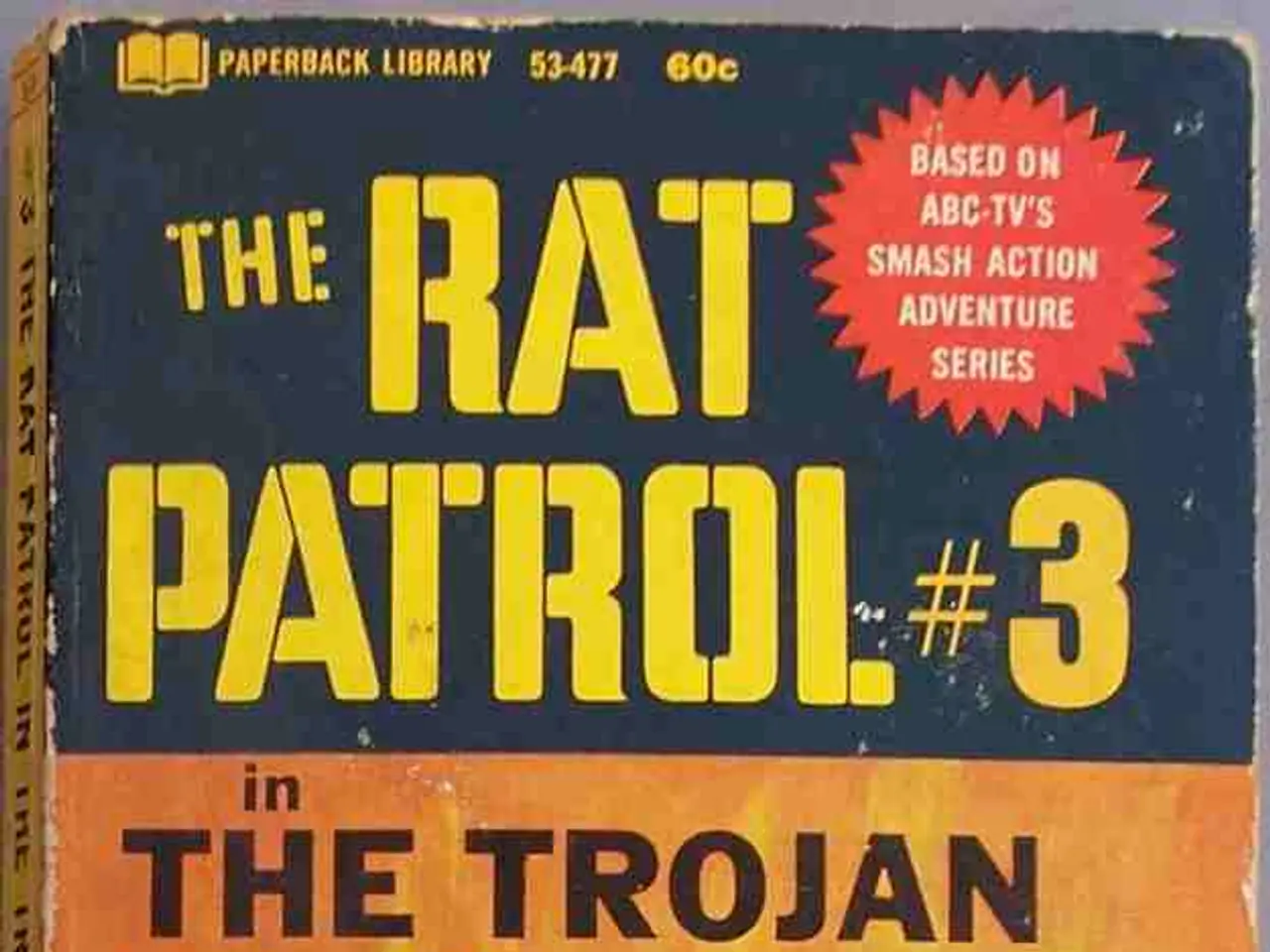UNESCO Recognizes Khmer Rouge Sites of Atrocity as Heritage Landmarks in Cambodia
UNESCO Recognizes Khmer Rouge Sites as Important Memorials
The Tuol Sleng Genocide Museum, Choeung Ek Killing Fields, and the Documentation Center of Cambodia Archives have been added to UNESCO's Memory of the World Register, marking a significant step in acknowledging the atrocities committed during the Khmer Rouge regime.
This recognition is more than just an honour for the victims; it serves as a powerful global acknowledgment of one of the 20th century's worst genocides. The decision aligns with Cambodia's broader efforts to strengthen its transitional justice legacy, which includes the Khmer Rouge Tribunal (ECCC).
For many survivors, this recognition is a long-overdue act that validates their suffering and honours the memories of those lost. They expressed gratitude and emotion at the acknowledgement of the Cambodian sites by UNESCO.
Cambodian officials and human rights groups echoed this sentiment, stating that it will support continued efforts to preserve evidence and educate people about the atrocities. The inclusion of these sites in UNESCO's Memory of the World Register not only honours the memory of victims but also ensures that these stories are preserved and shared to prevent such tragedies from recurring.
Beyond recognition, the decision is about educating future generations, preventing denialism, and encouraging peace and reconciliation. The sites serve as lasting symbols of resilience and stand as strong warnings against repeating such horrors.
The inclusion of these sites in UNESCO's register also underlines the importance of preserving the physical and documentary evidence of state-sponsored violence and totalitarian crimes. It emphasizes how heritage can contribute to peace and historical understanding, similar to the Auschwitz-Birkenau site.
In summary, the significance lies in UNESCO’s recognition of the role these sites play in education and remembrance, peacebuilding through memorialization, and the protection of globally important heritage related to recent atrocities. This inscription marks a landmark recognition of Cambodia’s painful modern history, highlighting the transformation of these former centers of repression into places dedicated to memory, education, and reconciliation.
- This acknowledgment by UNESCO of the Khmer Rouge sites serves as a valuable educational resource for the world, providing insights into one of the century's most catastrophic war-and-conflicts and fostering historical understanding.
- The inclusion of these memorials in the Memory of the World Register not only serves as a Political statement of justice for the victims but also a call for action for general-news media to educate future generations about the horrors of genocide and the imperative for peace and reconciliation worldwide.






